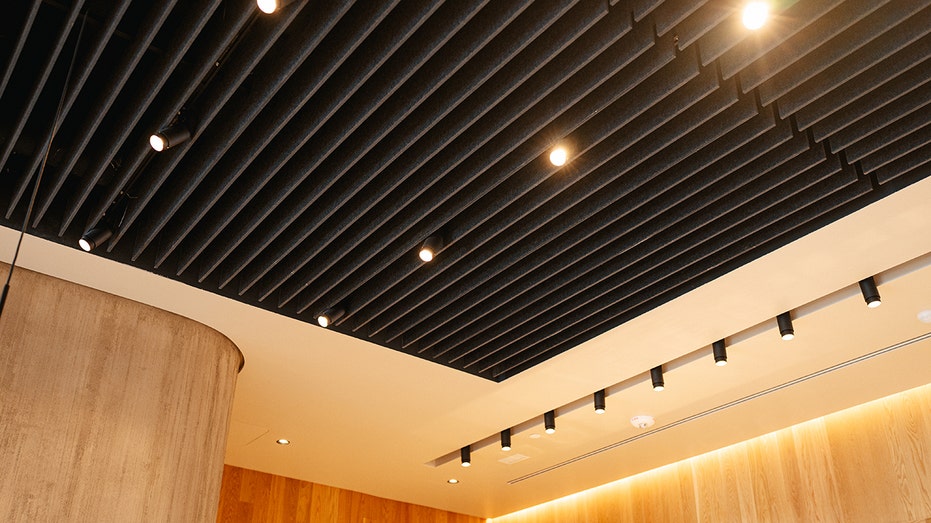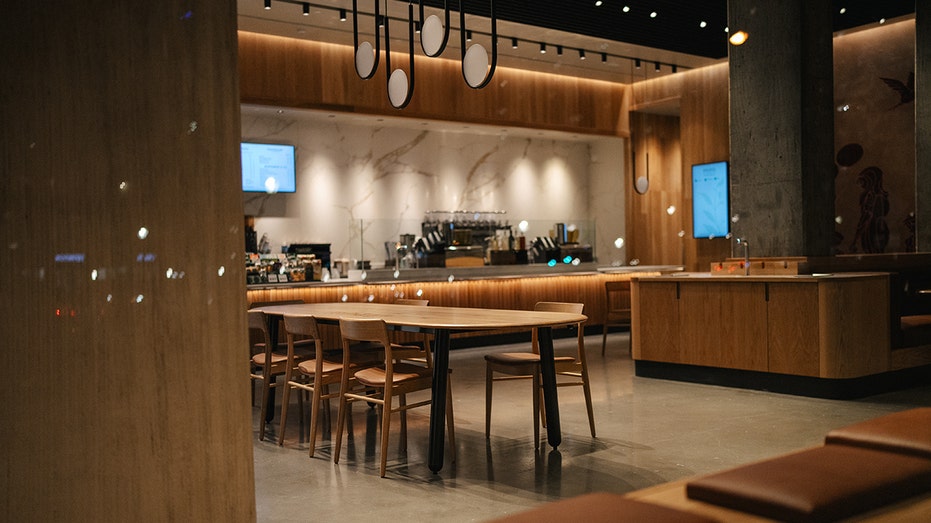Finance
Some Starbucks stores are getting a new look: here’s how

Global coffee giant Starbucks is revamping its U.S. store portfolio with a new inclusive framework to give the customers minimal friction when ordering.
The new framework is designed to help customers, particularly those with disabilities, to communicate and navigate the stores easily. The first of these stores opened in Washington, D.C. on Friday. From here on out, every new and renovated store will be modeled after this framework to some extent.
The company announced late last year that it’s growing its U.S. store footprint, reaching over 16,300 locations in fiscal year 2024.
Here are the changes customers should expect:
Sometimes customers are heard trying to yell over a crowd of chatter at a Starbucks as they order a coffee or try to take a work call. It’s one thing the global coffee giant is trying to change by optimizing its acoustics.
STARBUCKS WILL ALLOW REUSABLE CUPS FOR DRIVE-THRUS, MOBILE ORDERS
To help, Sara Trilling, president of Starbucks North America, told FOX Business, said the company is dropping ceiling heights and using certain materials like acoustic panels to help absorb sound.
The change is said to not only help customers, but Starbucks workers or partners as they are called.
STARBUCKS CEO SAYS ‘MISREPRESENTATION’ FUELING PROTESTS AGAINST COMPANY STANCE ON ISRAEL-HAMAS WAR
“It’s hard for our people to often times hear, and certainly difficult with all the sounds bouncing around and reverberating in the place,” Trilling said.

With the new framework, the company is also implementing certain lighting that minimizes glare, shadow patterns and backlighting, which Starbucks said “can impede visual communication.”
Every new and updated store will also include an even larger power operated door button to assist those in wheelchairs and with other mobility challenges. While the company has had power-operated doors, it hasn’t had that as a “consistent part of our offering up until now,” Trilling said.

The seating layout will also change in order to create “a continuous, unobstructed pedestrian path.” Additonally, the counters will also be lowered to make it easier for customers in wheelchairs.
Customers will also notice order status boards giving them an update of where their order is in the process.
All the upgrades within stores go beyond Americans with Disabilities Act of 1990, or ADA, guidelines, according to Trilling.
Trilling said this update isn’t a dramatic transformation of the stores look. Instead, “what you should experience is a broader spectrum of choice and more independence,” Trilling said.
In particular, people with disabilities or temporary injuries will “benefit,” she said.
Read the full article here














